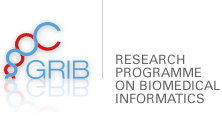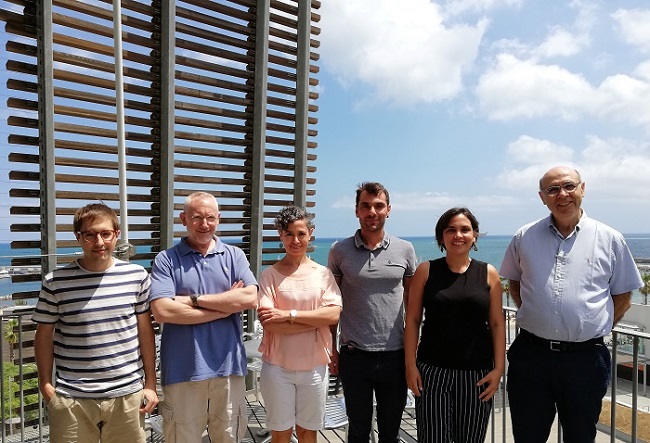
A new computational method for exploring the reuse of drugs
The Proximal pathway Enrichment Analysis method can be applied to reuse drugs targeting mechanisms shared by different diseases, such as Alzheimer’s and type 2 diabetes.
Drug reuse, an efficient strategy
A significant percentage of marketed drugs are not effective in patients due to the complexity of the biological processes involved in diseases and genetic differences between people. Despite recent technological advances, the discovery of new effective treatments takes a long time and continues to be expensive. For this reason, the reuse of medicines, i.e., the use of existing drugs for other diseases, is a very interesting alternative to reduce the costs of drug development.
In order to explore this reuse, the researchers have developed a new computational method called Proximal pathway Enrichment Analysis (PxEA), which assesses whether the proteins on which the drug acts are involved only in one specific disease or share common pathways for different diseases.
"PxEA reveals that most drugs currently used for autoimmune disorders such as arthritis, psoriasis, ulcerative colitis and multiple sclerosis do not target specifically the proteins that cause the disease", says Emre Guney, a researcher with the GRIB's Integrated Biomedical Informatics group and the Structural Bioinformatics group led by Laura I. Furlong and Baldo Oliva, respectively. "The targets of these drugs are often common immune response proteins and belong to the inflammation-related pathways that are involved in several autoimmune diseases", he continues.
Application of the method for comorbidity
Joaquim Aguirre-Plans, first author of the study, explains "we also show that PxEA can be applied to reuse drugs that can target shared mechanisms involved in comorbid diseases (occurring simultaneously in one patient)".
PxEA is the first systematic method that can identify drugs targeted at common pathological processes involved in two diseases
Type 2 diabetes and Alzheimer's disease are highly prevalent in an increasingly ageing society. Due to the interplay of various biological processes shared between these two diseases, they are commonly observed in the same patient, and recent efforts aim to reuse antidiabetic agents to prevent insulin resistance in Alzheimer's disease.
"As far as we know, PxEA is the first systematic method that can identify drugs targeting common pathological processes involved in two diseases, such as type 2 diabetes and Alzheimer's disease", says Emre Guney.
The study also involved researchers of the Research Centre for Molecular Medicine of the Austrian Academy of Sciences and the University of Maastricht in the Netherlands.
Reference article:
Aguirre-Plans J, Piñero J, Menche J, Sanz F, Furlong LI, Schmidt HHHW, Oliva B, Guney E. Proximal Pathway Enrichment Analysis for Targeting Comorbid Diseases via Network Endopharmacology. Pharmaceuticals. June, 2018. DOI: https://doi.org/10.3390/ph11030061




